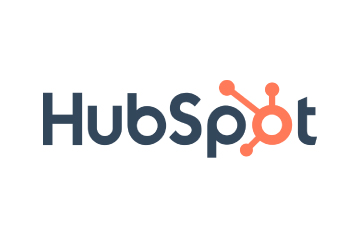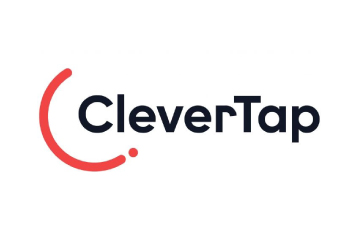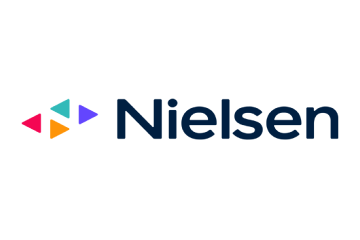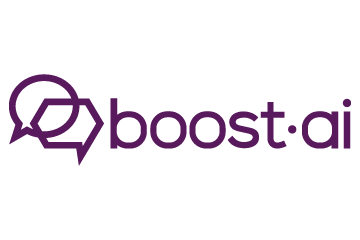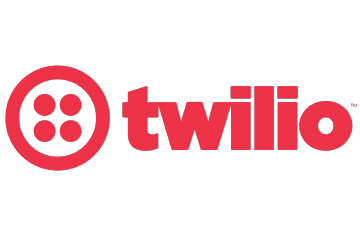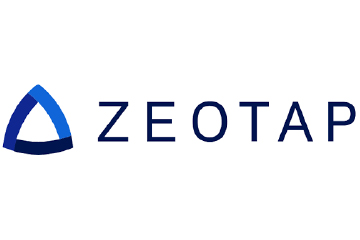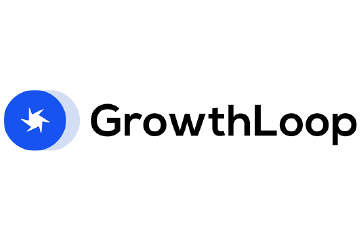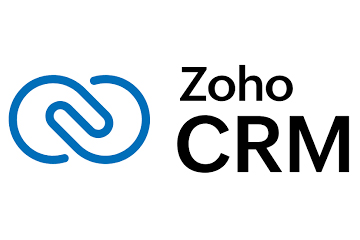The Engagement Illusion: Identifying Invisible Barriers in Marketing
The engagement illusion has hindered us for too long—superficial insight tracking, fragmented metrics and more, are hindering brand growth.
Topics
What to Read Next
- Teads Partners with XPLN.AI to Advance Attention Measurement
- Factory Berlin, All Voice AI Launch Real-Time Voice Monetisation Platform
- Continua Adds Amazon, Google, Instagram, & TikTok Shopping to Social AI
- Airtory, CultureSync Media Partner to Deliver Rich Media Advertising
- VuePlanner Integrates Sundogs’ Creative Insights into CreativeVue

In today’s hyper-connected world, where customer experience is the new battleground for competitive advantage, businesses pour millions into customer engagement strategies. Marketers are armed with data analytics, personalized content, and a plethora of channels to reach their audience. Yet, despite these efforts, many organizations are not reaping the rewards they expect. Why? Probably, because there are missing on few gaps making them chase an illusion?
The hard truth is that much of what they consider “engagement” is superficial at best. Beneath the surface lies a labyrinth of hidden obstacles that undermine even the most well-intentioned marketing initiatives. It’s time we, as marketers, confront these challenges head-on and rethink our approach to truly connect with our customers.
Unseen Friction: The Silent Killer of Customer Experience
We are obsessed over customer journeys, mapping out every touchpoint with precision. But while we focus on the visible paths, unseen friction silently erodes the customer experience. These are subtle obstacles—micro-moments like cognitive and emotional frictions or vulnerabilities within your customer journey, that frustrate customers and drive them away. Friction is the silent killer of customer engagement, and companies are striving to reach zero friction tolerance. Yet, how often do you audit your digital experiences to eliminate these friction points?
Traditional analytics often fail to capture these nuances. We need to go beyond surface-level data and employ AI-driven tools to detect and understand where customers struggle. Regular usability testing and direct feedback are essential. Otherwise, we’re left with a polished façade that hides a crumbling foundation.
The Pitfall of Superficial Interaction Tracking
In our data-driven age, it’s ironic how much we rely on vanity metrics. Page views, clicks, and time spent on site may look impressive in reports, but they tell us little about the quality of engagement. A high bounce rate might indicate a problem, but without understanding why customers are leaving, we can’t implement effective solutions.
Without a deep understanding of engagement drivers, we’re merely scratching the surface. The lack of contextual behavioral insights is a major handicap.
We must shift from being data-rich and insight-poor to cultivating a holistic view that integrates both quantitative and qualitative Analytics and actionable Insights.
Companies leveraging advanced behavioral analytics see an 85% increase in sales growth, according to McKinsey.
Fragmented Metrics and the Illusion of Success
We celebrate viral social media posts and spikes in website traffic without questioning their impact on the bottom line. This fixation on fragmented and vanity metrics creates a misleading picture of success. Opting for simplicity over substance and lacking knowledge around more complex but relevant metrics is a significant drawback.
Data silos exacerbate the issue, preventing a unified view of customer engagement. Forbes highlights that 74% of businesses believe data silos hinder personalized engagement. It’s time to implement unified data platforms and focus on meaningful metrics like the Customer Engagement Index (CEI), tapping into a bottom-up structure that starts with customer lifetime value (CLV), churn rates, and net promoter scores (NPS). These are the indicators that truly reflect performance and guide strategic decisions.
The Personalization Paradox
Personalization is touted as the holy grail of customer engagement. Yet, despite the hype, many businesses deliver generic experiences. Why? Inadequate data, technology constraints, limitations in building appropriate sophisticated attribution models, and a lack of strategic vision hamper personalization efforts. Epsilon research indicates that 80% of consumers are more likely to purchase from brands that offer personalized experiences.
To overcome this, we must invest in data quality and leverage AI and machine learning to understand customer expectations at scale. Personalization isn’t a buzzword; it’s a strategic imperative that requires commitment and resources.
The Missing Link Between Engagement and Business Goals
There’s a glaring disconnect between customer engagement initiatives and overarching business objectives. Traditional attribution models fail to connect the drivers of customer engagement with direct correlations to business growth dynamics. Without aligning engagement activities with specific, measurable goals, we’re shooting in the dark. Over-reliance on short-term metrics and misaligned KPIs are significant problems.
Organizations that align customer engagement with business goals outperform competitors by 202%, according to the Aberdeen Group. This requires defining clear KPIs and fostering cross functional collaboration between marketing, sales, and customer service. Siloed strategies lead to inefficiencies and missed opportunities.
Overreliance on Numbers: Neglecting the Human Element
In our quest for measurable results, we often overlook the rich insights provided by qualitative feedback. Numbers can tell us what is happening, but not why. Customer sentiment, captured
through reviews and social media comments, reveals emotions and perceptions that numbers can’t. The inability to detect emotional attributes is a major handicap.
Companies integrating customer emotions into their strategies outperform competitors by 85% in sales growth, according to Harvard Business Review. We need to adopt a mixed-methods approach, combining quantitative data with qualitative insights, and engage in active listening to truly understand our customers.
Flawed Attribution Models: Ignoring the Middle Journey
Many attribution models focus on the first or last touchpoints, neglecting the critical interactions in the middle stages of the customer journey. Ignoring these interactions leads to misinformed strategies. Implementing multi-touch attribution models provides a more accurate picture of marketing effectiveness. Advanced analytics tools can track and analyze these middle journey interactions, allowing us to allocate resources where they have the most impact.
Harnessing Agentic AI to Transform Customer Engagement
The challenges we’ve identified are significant but surmountable. Recognizing them is the first step toward overcoming obstacles in customer engagement.
We must place the customer at the heart of all strategies and embrace technological integration. Agentic AI, with its ability to autonomously perceive, reason, and act, emerges as a transformative force. By leveraging agentic AI, we can uncover deep insights previously inaccessible. AI-driven tools analyze vast amounts of data in real time, identify patterns, and predict customer needs before they surface.
As marketers, it’s imperative to adopt these advanced technologies and challenge the status quo. The engagement illusion has hindered us for too long. By harnessing agentic AI, we can forge genuine connections with our customers and transform our marketing efforts into meaningful engagements that drive real business results.












